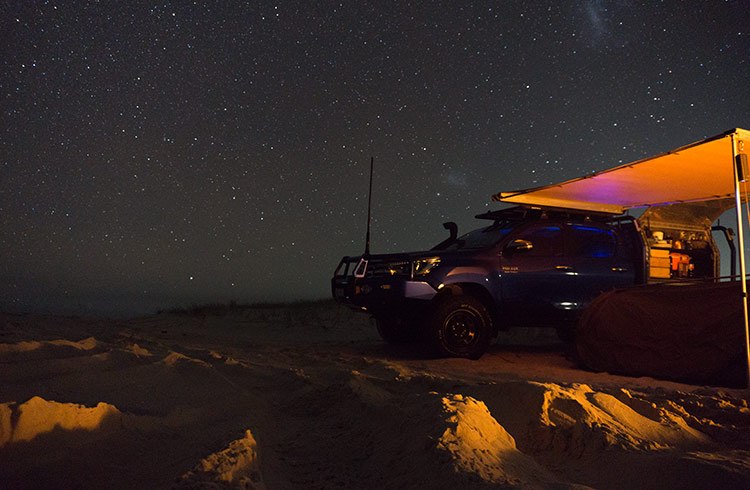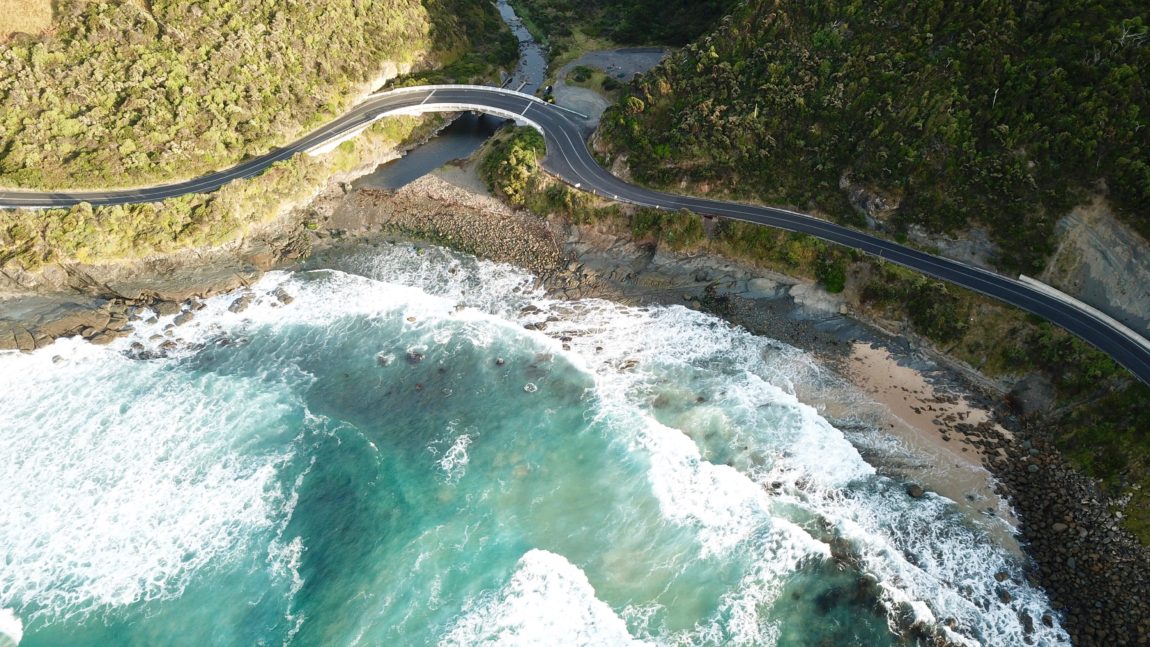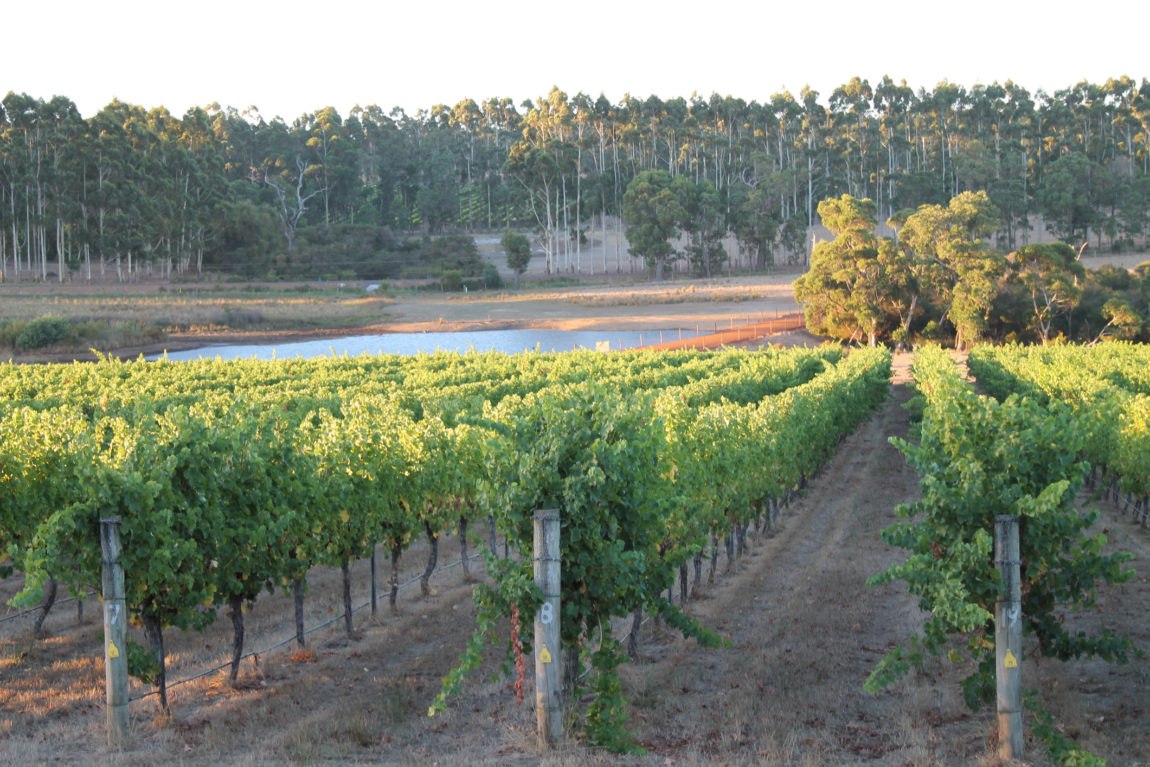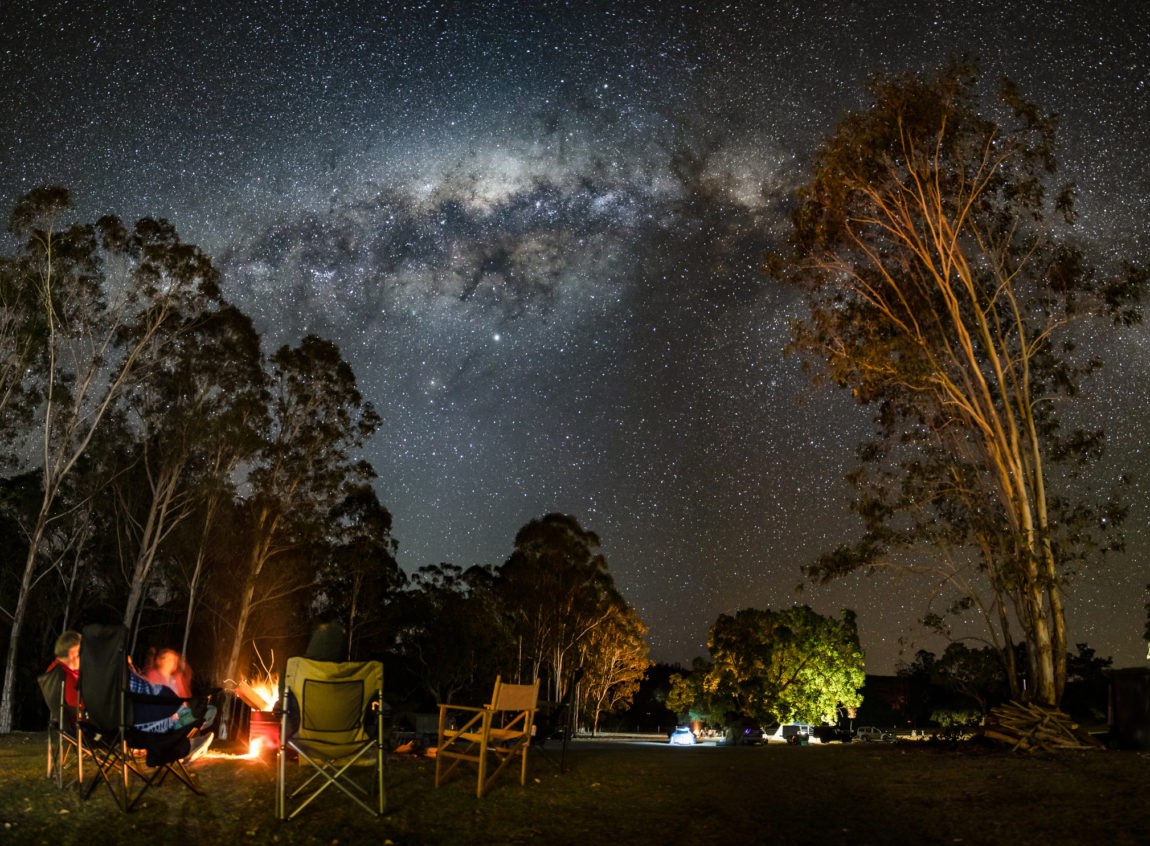Reading time: 5 minutes

None of us could have imagined the unprecedented events that have unfolded in recent months. For most of us, travel is now paused but that doesn't mean dreaming and planning should be put on hold. Here is some inspiration for when we can travel again.
Ditch the crowds and head to one of these under-the-radar Australian destinations – from outback towns and pristine coral reefs to isolated beaches.
A version of 8 Ways to Get Off the Beaten Path in Australia first appeared on WorldNomads.com.
 Photo credit Getty/DLMcK
Photo credit Getty/DLMcK
Find out what really makes Australia such a unique place.
- Take a Road Trip
- Find Isolated Beaches
- Explore Australia's National Parks
- Australia's Best Wineries
- Australia's "Big Things"
- Head West
- Visit the Outback
- Don't Forget Tasmania
1. Take a Road Trip
Most travellers to Australia opt for cheap airfares and accessible bus routes along the East Coast. While Melbourne, Sydney, Byron Bay, and Brisbane are nice, they don't offer day trips to the Aussie outback or Daintree rainforest. If you really want to see Australia's unique sites, you'll need to hire a car or camper van to set your own path.
You could follow the popular routes, such as the Great Ocean Road or a quick trip to the Blue Mountains. Or, you could study the map and stop by interesting towns on the road from Sydney to Melbourne, where you'll be spoiled for choice with national parks and quiet beaches.
If you've got more time up your sleeve, and long stretches of desert roads interest you, look into driving the Savannah Way (from Cairns to Darwin) or crossing the Nullabor (Adelaide to Perth). Note: driving in Australia's remote outback should not be taken lightly. These routes require preparation and a reliable vehicle.
Believe it or not, Australia does get a sprinkling of snow around winter each year (June–August). To see the snow, take a road-trip to the Snowy Mountains (between Sydney and Melbourne). Just don't forget the snow-chains. Koscioszko National Park is a great destination year-round, with plenty of hiking trails, campsites, and outdoor adventures to be enjoyed summer.
2. Find Isolated Beaches
Australia is famous for beautiful beaches: Byron Bay, the Gold Coast and the Sunshine Coast, just to name a few. Yet, mainland Australia has 22,292 miles (35,877km) of coastline – and that's leaving Tasmania out of this. You'll find the best beaches are far, far away from the road stretching from Cairns to Sydney.
The south coast of New South Wales is a haven of beaches that are well-known among Aussies, but barely touched by travellers. Unfortunately, Hyams beach in Jervis Bay – with the whitest sand in the world – was once a charming seaside town, and now a nightmare for locals, as travellers and road-trippers have ruined the peace and serenity.
You won't have to venture far to find a beach devoid of towels, you might have to strike up a conversation at the local "chicken shop" and ask where to go for a real slice of heaven on the sand. We could tell you, but that would just ruin the surprise...
 Camping on Redhead Beach, NSW. Photo credit: Milly Brady
Camping on Redhead Beach, NSW. Photo credit: Milly Brady
3. Explore Australia's National Parks
In NSW alone there are more than 870 National Parks, covering over seven million hectares of land. That's a lot of wilderness to explore. Protected areas cover more than 11% of the country, so visitors really are spoiled for choice. But, where do you start?
If you're in Cairns, take a drip out to the 130 million year-old Daintree Rainforest. On a trip to Melbourne, head to Wilsons Promontory in southern Victoria. If Brisbane is your base of choice, venture out to the Glass House Mountains. Sydney's Blue Mountains National Park isn't far from the city, and is unsurprisingly well-known among locals and travellers. Instead, explore Ku-ring-gai's multiple walking trails and see Aboriginal rock engravings, all while enjoying views of the Hawkesbury River.
One of the biggest and most famous national parks is Kakadu, in the Northern Territory. Half the size of Switzerland, this place is home to 68 mammals, a huge number of aboriginal rock art, and of course man-eating crocodiles – so be careful near the waterholes.
4. Australia's Best Wineries
Not too far from Sydney in the Hunter Valley, you'll find 150 wineries to choose from, dotted around the rolling green hills. But, this isn't Australia's only wine region.
Head to the Barossa Valley, 50 minutes from Adelaide, and sample the shiraz grapes (a local speciality), and see 19th century German cottages and Lutheran churches between cellar-door tastings.
If you find yourself thirsty for a glass of wine in Melbourne, venture out to the Yarra Valley. Hear the stories from the hands that picked the grapes, go cycling to see the picturesque landscapes (sober, of course) and sample some of the delicious local produce.
There must be something in the soil over in Western Australia, where eight wine regions are all within a day (or two's) drive from Perth. Don't miss wandering through the vines of family-run wineries in the Margaret River or Swan Valley.
 Winery in Margaret River. Photo credit Cretex/Getty
Winery in Margaret River. Photo credit Cretex/Getty
5. Australia's "Big Things"
Odd attractions can be found all over Australia. From the twentieth century celtic standing stones in New England to the mysterious Kiama blowhole, and the epic sand dunes near South West Rocks, there are tons of strange phenomenon to investigate.
Even if you don't go seeking the strange, it will most likely find you. Roadside Australia is full of weird attractions, with over 150 "big things", including a giant prawn, a giant banana, and a giant boxing crocodile.
6. Head West
Most visitors flock to the convenient major cities on the east coast of Australia, but there is a lot of be discovered over on the west coast. Perth is one of the most remote major cities in the world. It's known to be pleasant and relaxing, with multiple nearby beaches and islands. Now, with direct flights from London to Perth, this city will soon become a major stop-over for many travellers to Aus.
Further afield in Western Australia there are many sites of natural beauty. Venture into the Kimberly, a vast expanse of wilderness which is home of the bizarre bungle bungle dome formations, or check out Mount Augustus (which gives Uluru a run for it's money). Or, explore the famous Pinnacle desert, with it's strange rock peaks.
7. The Rest of the Outback
The outback is vast – very vast – covering most of central Australia, yet most people who visit only make it to Alice Springs and Uluru. If you have the time, resources, and heat tolerance you should visit some other interesting parts of the outback.
There are the opal mining towns of Broken Hill and Coober Pedy (where most residents escape the heat by living underground), the strange natural Devil's Marbles, and then there's the outback itself – an attraction best seen by a long drive through the desert. Preparation is necessary before taking a long drive into the remote desert – planning ahead is a must.
 Camping in rural Australia. Photo credit Greg Conlon/Getty
Camping in rural Australia. Photo credit Greg Conlon/Getty
8. Don't Forget Tasmania
Don't forget about Tasmania, the island state south of Victoria. Geographically separated from the mainland for thousands of years, it's a place with very different scenery, and nearly half covered in national parks. With a rental car you can explore cities such as Hobart and Launceston, or the incredible mountains and landscapes of Cradle Mountain or the south west wilderness.
See? It's not too hard to get yourself away from the crowds and see what really makes Australia so special and unique.
*This article was originally written by Stephanie Yoder in 2011, and updated in 2018.